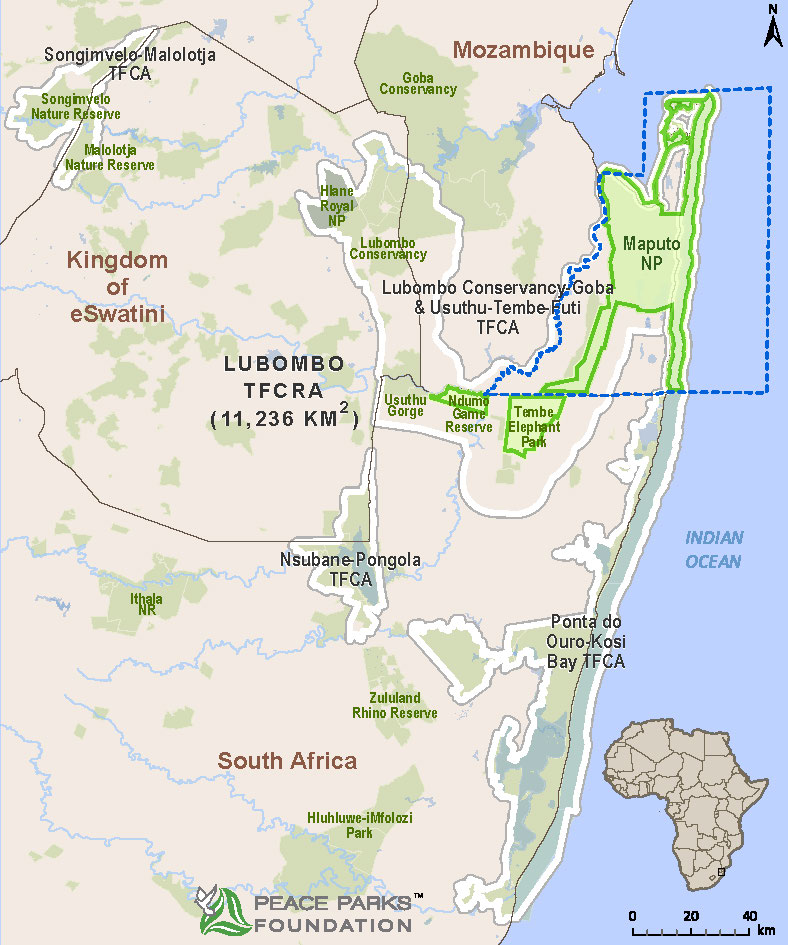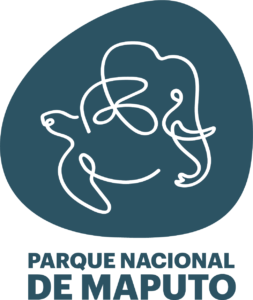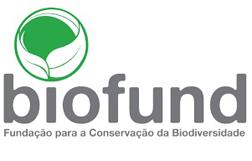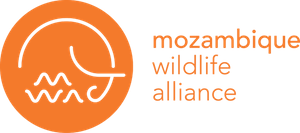OUR WORK
Conservation at scale

Maputo National Park is an essential component of the Lubombo Transfrontier Conservation and Resource Area as it enables linkages between a mosaic of marine, coastal and inland components with important conservation value and excellent potential for high-value tourism. The park combines lakes, wetlands, swamp forests, grasslands and mangrove forests with a pristine coastline that lies within the Maputaland Centre of Endemism.
The Park falls within the Maputaland Coastal Plain, with its coastal barrier of high, forested undulating dunes and extensive sandy beaches. This region boasts a series of exquisite permanent and semi-permanent coastal lakes behind the dunes. The coastal barrier ecosystems of rocky shores, expansive seagrass meadows, mangrove forests and pristine coral reefs are largely undisturbed, as are the wide open coastal grasslands which contain forests, thickets and wetlands.
The park falls within the Maputaland Centre of Plant Endemism, which is globally recognised for the rich biodiversity of its terrestrial, coastal and marine ecosystems and its high levels of endemism. With its distinctive flora and fauna and exceptional species richness. The Maputo National Park is considered a biodiversity hotspot of regional and global importance and as such, a global priority for conservation.
UNESCO

Maputo National Park has a rich diversity of marine life and is the most important leatherback and loggerhead turtle nesting ground along the 2 500 km Mozambican coast. Leatherbacks are the largest sea turtles in the world and are classified as critically endangered by the World Conservation Union (IUCN), while loggerhead turtles have been classified as endangered.
During the nesting months, typically between October and the end of March, the reserve management and turtle monitors undertake vehicle and foot patrols of the turtle nesting sites to monitor the nesting females and their hatchlings.
Ecological linkages

The naturally occurring elephant populations of KwaZulu-Natal and southern Mozambique historically moved freely across the border. However, during the Mozambican war the northern border of Tembe Elephant Park was fenced, fragmenting elephant populations and cutting off movement corridors along the Futi system and Rio Maputo floodplains. In 2011, the Futi Corridor was proclaimed as an extension of what was then the Maputo Special Reserve, and in 2014, a joint operations strategy for Maputo Special Reserve and Tembe Elephant Park was signed and fences between the two Parks are coming down.
The marine component of the national park stretches from the edge of the isiMangaliso Wetland Park in South Africa, to the Maputo River Mouth in Maputo Bay in the north, and includes the waters around Inhaca and Portuguese islands. It stretches three nautical miles into the Indian Ocean.
Rewilding
In 2010, the governments of Mozambique and South Africa, with support from Peace Parks Foundation, began a wildlife translocation programme to Maputo National Park. The translocations reintroduced animals that were historically found in the area to enable the fast recovery and subsequent increase of the reserve’s wildlife populations.
By 2024, more than 5385 animals were moved into the park, including eight species that had become locally extinct during the country’s 16-year civil war. A helicopter aerial census, in 2023 supported by Ezemvelo KZN Wildlife, showed a healthy increase in all plains game species and 13 800 game animals were counted.
Elephant interactions with the local villages are closely monitored. A formal grievance and incident procedure was launched in 2023 which enabled deeper understanding of the challenges. The Human-Wildlife Coexistence team operates on standby 24/7 with a vehicle, bird bangers and equipment to address elephant conflict events.
Tentacle Fences Outsmarting Elephants: Protecting People and Wildlife
Mozbio funded the building of a marine ranger house Santa Maria in 2023, and there has been great development at the Head Office ranger picket, including the building of a research centre, environmental awareness/training centres and HQ operations control room.
A marine ranger and lifeguard station was designed by Peace Parks and constructed by Mozbio at Ponta do Ouro. Eight lifeguards have been trained and equipped for duties at Ponts do Ouro’s main beach.
Surfing and Saving at Ponta do Ouro Beach
Combatting wildlife crime
A trained and well-equipped ranger force has been deployed in the park. Security teams are supported by a helicopter for rapid response and a digital radio system installed at the operations room. Improved mobility and communication provide the ranger force with the tools needed to effectively safeguard this beautiful national park. Mozbio and Biofund funded the installation of two new high site radio towers and upgraded the radio network, as part of the process, Earth Ranger software was installed, and trials and training commenced with its implementation across the park.
Community development
In 2005 the Mozambican Government appointed Peace Parks Foundation to provide assistance with a community development strategy that would bring about the sustainable economic development of communities living in and around Maputo National Park through nature-based tourism and conservation enterprises. We currently execute this responsibility through two specific collaborative endeavours – the Community Development Facility, the Mozbio Project and the Blue Action Fund.

The surrounding community depends on the park for reed harvesting and fishing in the lake systems. These activities are monitored and sustainably practised. Seventeen communities are supported in their agricultural practices, through various vegetable seed distribution and farmer field school education. The MozBio-funded Herding for Health programme is active in the area with 24 professional herders and nine volunteers working in four villages, Zitundo, Gala, Tchia and Matchia. The Blue Action Fund (BAF) ecosystems-based adaption project works on mangrove rehabilitation with Eden Reforestation as well as seagrass rehabilitation with the University of Eduardo Mondlane.
Thriving Livelihoods for Guengo Farmers
Conservation finance
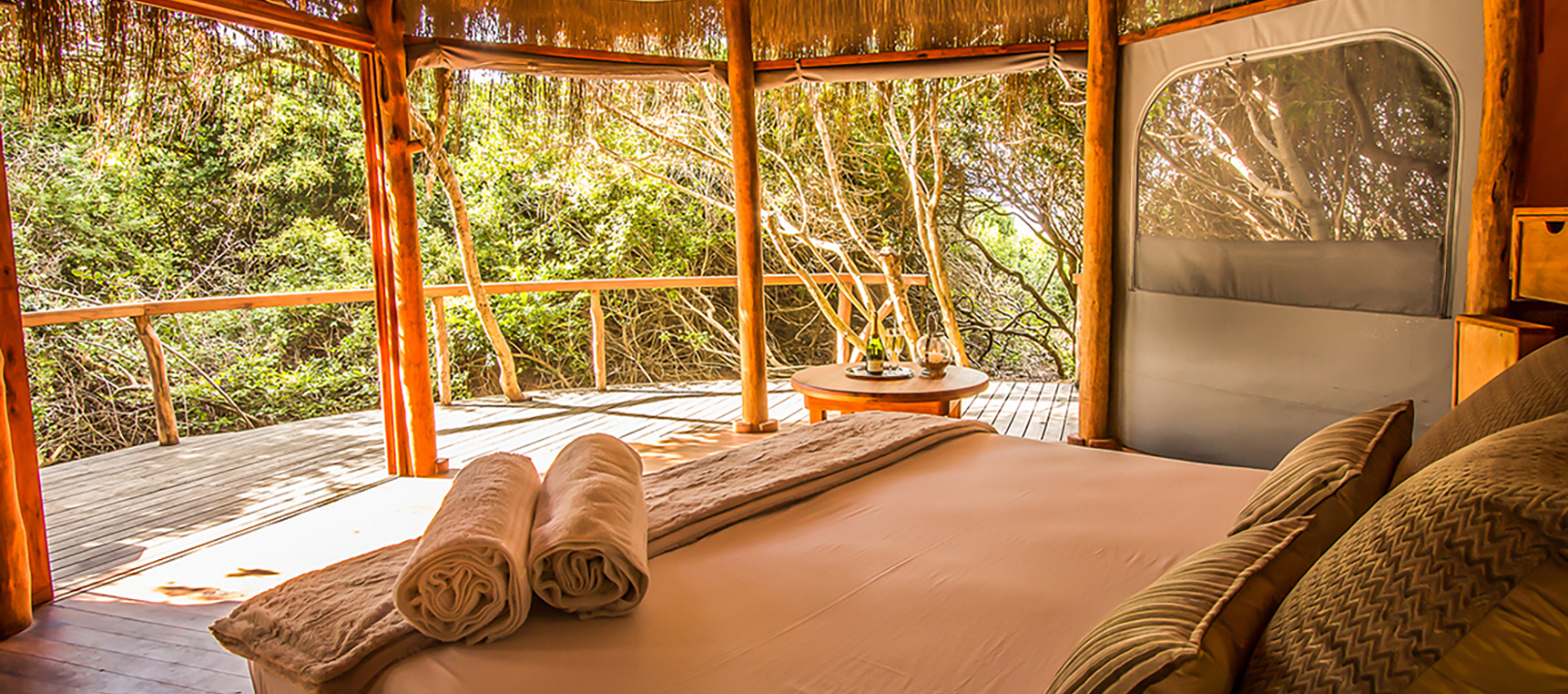
Tourism
In Mozambique, 20% of the revenue generated by government conservation areas is shared with communities living in and around parks and reserves. For this reason, tourism development is a core focus, as growing the income generated through eco-tourism will directly benefit communities.
Accommodation options in the park include Anvil Bay Lodge at Ponta Chemucane – a fully operational luxury ecotourism destination built in partnership with the local community, as well as Montebelo Milibangalala resort at Ponta Milibangalala.
The eco-friendly Membene Lodge is a gem of understanding excellence nestled behind the dunes on the edge of the magnificent Indian Ocean. With the support of Hansjörg Wyss and the Reinet Foundation, Peace Parks Foundation invested USD 5 million in the construction of Membene to enhance the park’s allure for international, regional and local tourists who want to experience pristine nature and, more importantly, to catalyse positive change by empowering and enriching the lives of local communities. Membene was launched by Mozambique President Filipe Nyusi in 2024.
Rewilding Mozambique: Accessible Tourism Ignites Community Growth
There are also 4×4 camps in the reserve and all facilities are well received and generating good income.
Ponta do Ouro is known and loved for its plethora of activities on offer from ocean safaris to scuba diving and whale and dolphin watching trips, while Santa Maria and Inhaca island are incredible destinations with many offerings in their own right.








